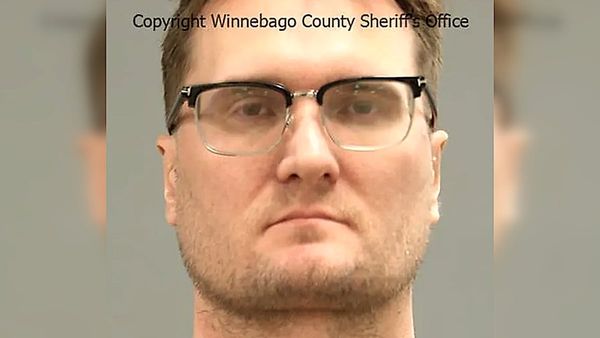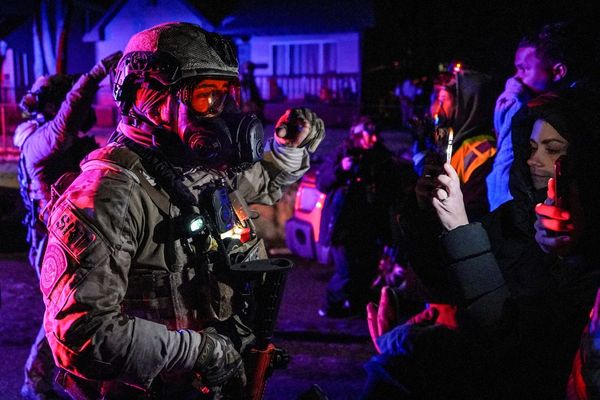
On Monday, the federal court found the Kabi Kabi people are and always have been the traditional owners of what is now the Sunshine Coast and formally recognised them as native title holders.
It is a groundbreaking determination in a number of ways, covering about 365,345 hectares of land and water. But it is just the first of three stages of a larger claim, including an area around Caboolture.
Under the determination, members of the group are granted a bundle of rights including to travel and camp on the land, to fish and hunt, and the right to “take resources from the area for any purpose” – a first in south-east Queensland.
What are the Kabi Kabi people’s native title rights?
The Native Title Act 1993 is a federal law that vindicates the rights traditional owners hold, typically over crown land. It does not apply to several types of land tenure including freehold land.
Unlike other types of land tenure, native title only grants a specific, discrete set of prescribed rights, typically called a “bundle of rights”. Those rights don’t include the right to sell, though the state must compensate the claimant if it extinguishes them. It might do that if it wants to turn part of the area into a coal mine or a housing estate, for instance.
The Kabi Kabi people were granted the following rights:
Access, be present on, move about on and travel over the area.
Camp on the area, and for that purpose, erect temporary shelters on the area.
Take resources of the area for any purpose.
Take and use the water of the area for personal, domestic and non-commercial communal purposes (including cultural and spiritual purposes).
Participate in cultural activities on the area.
Be buried and bury native title holders within the area.
Maintain places of importance and areas of significance to the native title holders under their laws and customs and protect those places and areas from physical harm.
Teach on the area the physical and spiritual attributes of the area.
Hold meetings on the area.
Light fires on the area for domestic purposes including cooking, but not for the purpose of hunting or clearing vegetation.
In order to win these rights, the Kabi Kabi had to prove that their ancestors occupied the area under a set of laws and customs, which had continued ever since.
Where does the native title ruling apply?
The judgment covers about 365,345 hectares of land and waters in and around the Sunshine Coast.
The determination area extends from the Elimbah Creek catchment area, Sandstone Point and Bribie Island north to Cooloola national park, Curra state forest, Mary River and the Isis River. It stops in the east at the coast and in the west at Nambour, Jimna and the Burnett and Coast ranges. The determination area includes Gympie, Noosa, Maroochydore, Caloundra and Mudjimba Island.
It includes a number of attractions, including the Mooloola and Maroochy rivers, Sandstone Point, Buderim Falls, Murdering Creek and the Glass House Mountains, among others.
The area of Kabi Kabi native title rights
How long has the fight for native title rights been going?
White settlement in the Sunshine Coast region began in the 1840s. Violent attempts to kick the Kabi Kabi out or kill them – and resistance against settlement – persisted for decades. There were several massacres by police and farmers. Eventually many were forcibly removed to the Barambah reserve at Cherbourg. The attempt to eliminate their culture and presence in the area failed.
The Kabi Kabi made their first native title claim in 2006.
They date the second attempt to 2010, when they brought in a consultant anthropologist to start work on a report.
They filed an application under the act in 2013.
It took more than 11 years to negotiate the native title agreement and investigate local land tenure. Several elders died while the legal process was under way.
Acting Chief Justice Berna Collier endorsed the deal struck between the state government and Kabi Kabi people on Monday.
A legal representative for the Queensland government and seven local councils covered by the claim appeared in court to express their support.
The Kabi Kabi still have two additional legs to their native title claim. One was put off because it covers heavily urbanised area around Caboolture and another is subject to an assertion of native title rights by other Indigenous people. .
What does the decision mean for Aboriginal people?
This is one of the first native title determinations in south-east Queensland, covering by far the most urbanised area. Native title has been granted in many other parts of the state, including the very first one, on the Murray Islands, in the Eddie Koiki Mabo case.
Traditional owner Norman Bond said the decision meant stability for the Kabi Kabi nation.
“It means the Kabi Kabi people can be formally recognised by all tiers of government and by the public without feeling they have to justify who they are, because the native title claim process was not complete,” he said.
Several traditional owners spoke outside the court about the symbolic meaning of the case.
“This is a step, a step forward. This is not the end,” Tyrone Bean said.
The resources right sets a precedent for other native title claims.
In doing so, it recognises the pre-settlement system of trade in a variety of products like boomerangs and fish.
The determination is subject to federal and state law.
A corporation will now be formed to represent the Kabi Kabi people to manage their native title rights.
Ultimately it may be able to joint manage some of the land they hold rights over, in coordination with state authorities such as the parks and wildlife service, similar to the way adopted for K’Gari (formerly Fraser Island). It may also be able to incorporate Kabi Kabi culture into tourist activities on the Sunshine Coast.
What does it mean for everyone else?
The court granted “non-exclusive” rights, not exclusive native title rights.
That means the rights holder cannot control who can access the land. For instance, they cannot deny tourists access to the Glass House Mountains or recreational use of the Bribie Island beach, even if they want to.
Under Australian law, native title is completely extinguished by a number of forms of land tenure, including freehold for residences. That means the judgment does not apply to any residential land anywhere.
Tim Wishart, CEO of Queensland South Native Title Services, which acted for the Kabi Kabi, said native title was not the same thing as land rights.
“People aren’t going to come and camp in mum and dad’s backyard, because that’s freehold land; that’s extinguished native title,” he said.
It is possible for a native title claimant to upgrade their rights from non-exclusive to exclusive, but a court would have to agree to do so.







